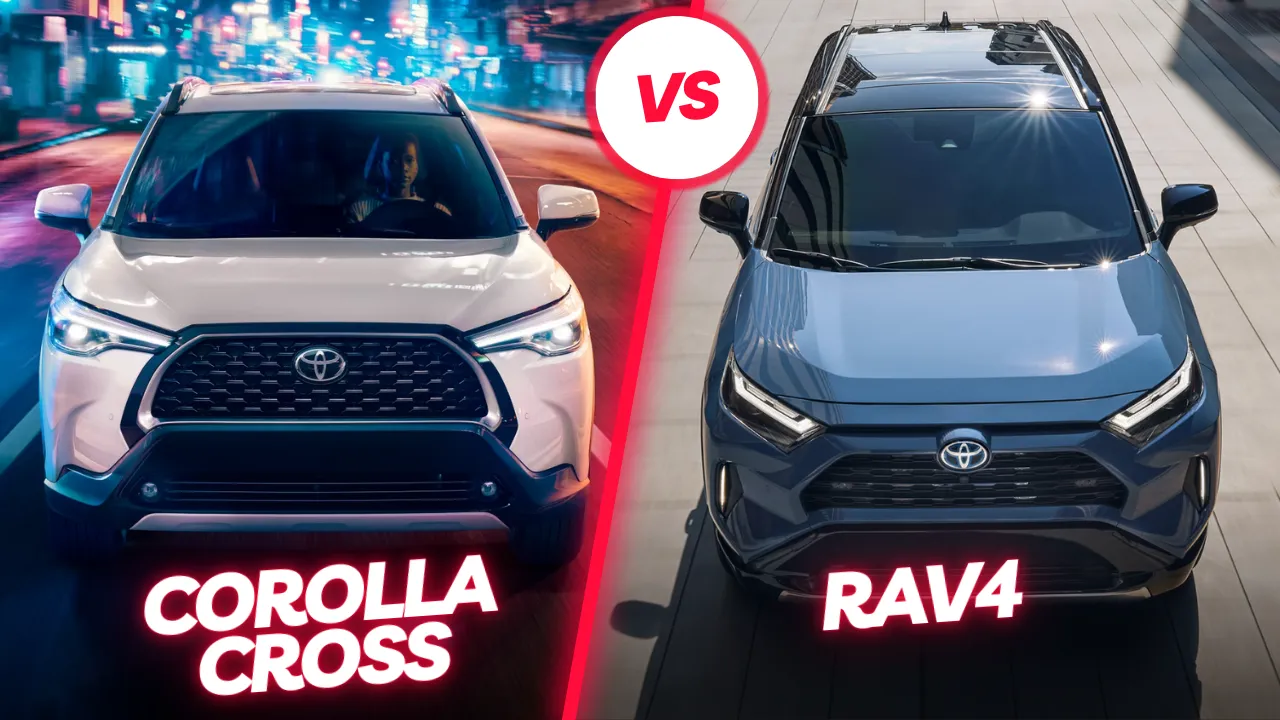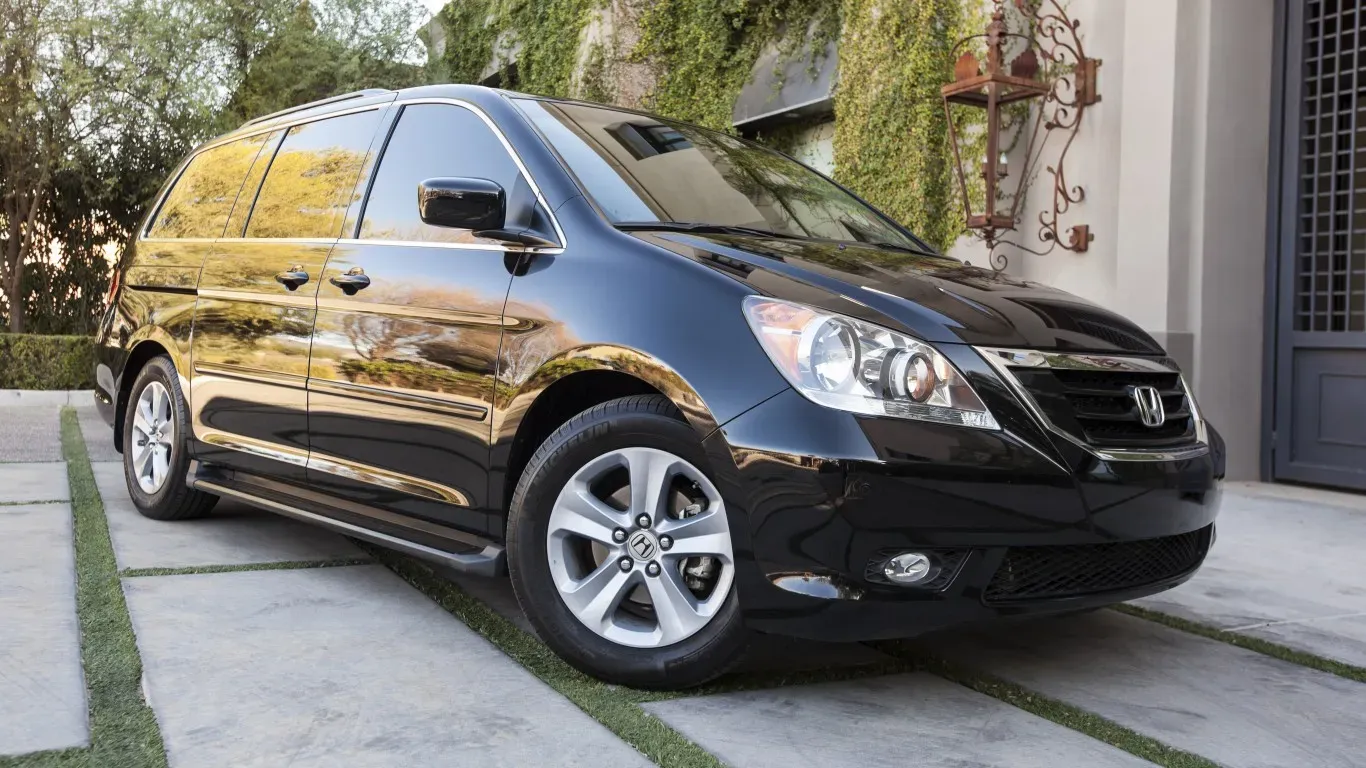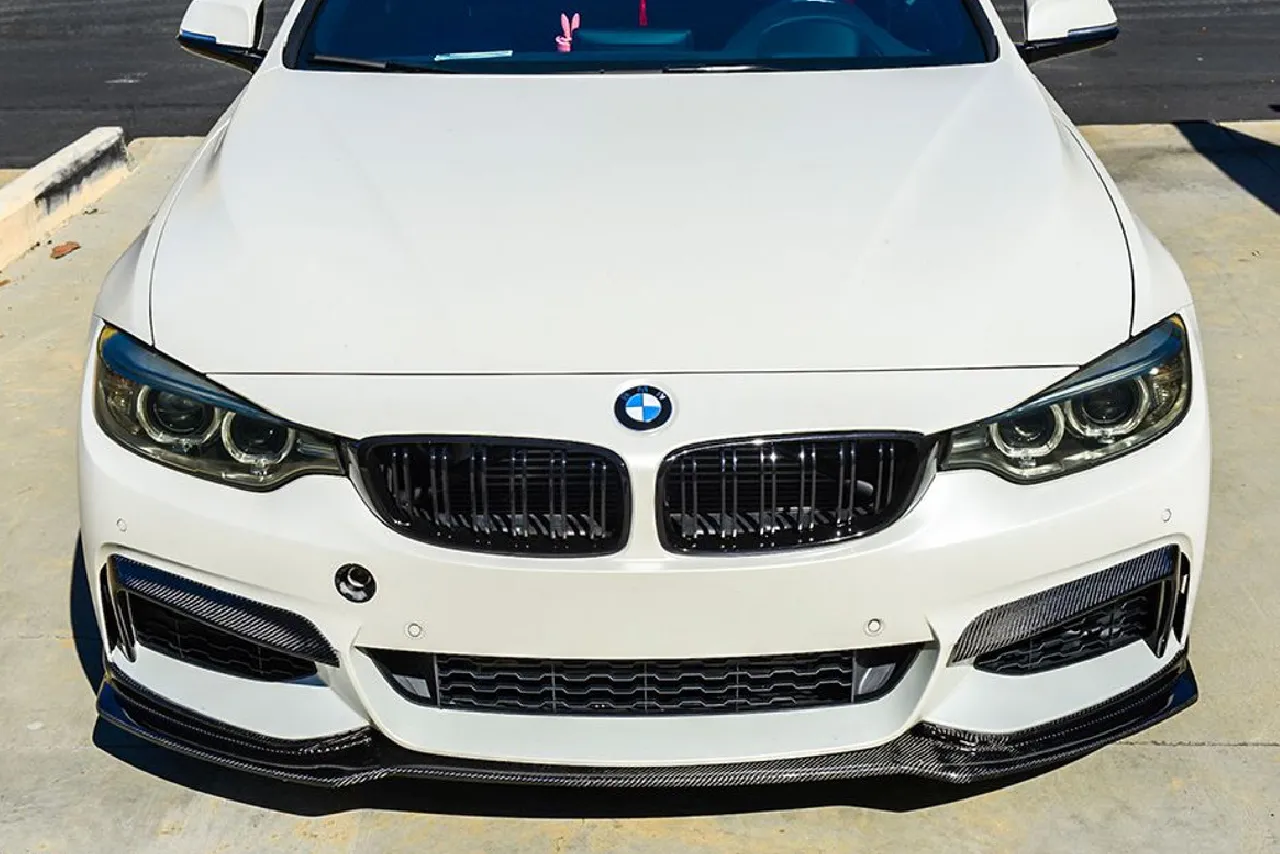Tesla is one of the leading automobile companies with remarkable EVs. Annually, it brings new features and a shiny new EV for tech enthusiasts. However, like most EVs, it also requires adequate charging. The question is, how long does it take to charge a tesla? Is it a few minutes? Or several hours? The answer depends on the charger type. Tesla has provided exceptional convenience to its users who are away from home. They have placed chargers almost everywhere so your EV’s battery doesn’t die on you. Moreover, the cost may vary due to Tesla charging time and location. Is it easier to charge a Tesla? How much will charging one cost? Let’s dive into the basics.
How Long does it take to Charge a Tesla using Different Methods?
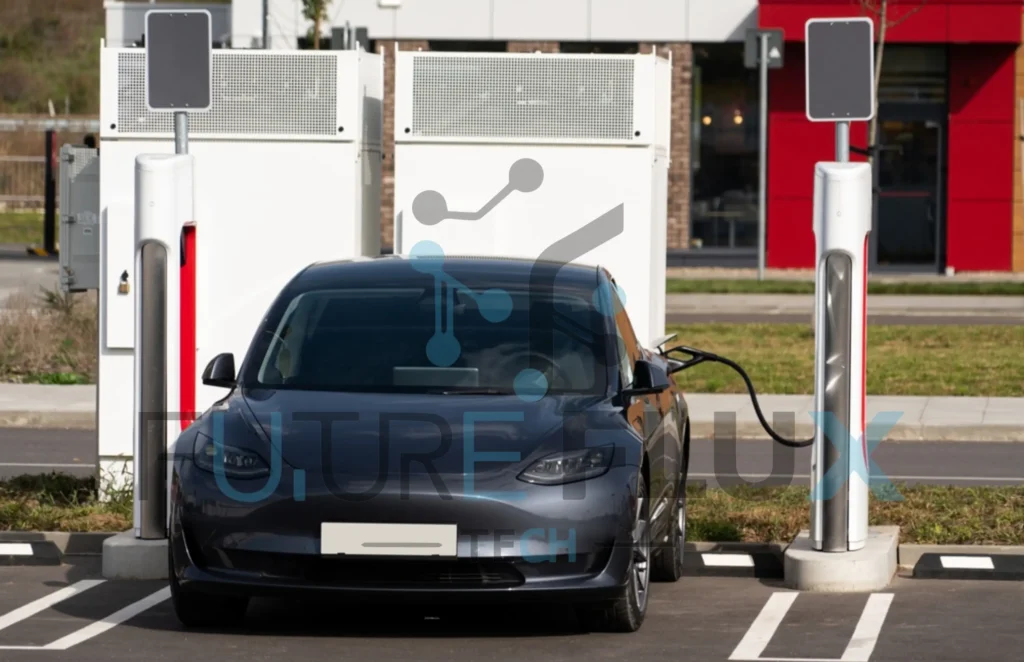
Tesla’s Model 3 has gained quite the fame among tech enthusiasts. Thanks to increased demand, Tesla has sprung into action and started focusing on placing chargers nationwide. It ensures that every Tesla remains charged even in unpopulated areas. Here are some locations to charge your EV.
1- Home charging
Research shows that most EV users charge their vehicles at home. Why is that? Home charging is the best way to charge your EV. You can run errands and even rest until your EV is charged. The ideal time for Charging Tesla at home is overnight. You will wake up to a fully charged EV. Moreover, home charger installation is relatively easy but a little heavy on the pocket. Home charging can provide 240 miles of range per hour which is sufficient for mundane tasks. However, Charging Tesla at home is only practical if you are not on the road frequently.
2- Public stations
Unlike home chargers, public chargers are more efficient and available at optimal distances. Surely you wouldn’t mind having a free refill in the comfort of your home. However, public stations are your go-to option during longer trips. Moreover, How to charge Tesla better than a public charger? Home chargers can be expensive to install and take up lots of space. Public stations are easier to reach and usually charge EVs in around 25-30 minutes. Public stations are a way to ensure that you are never left stranded on your travels.
3- Supercharging
Besides public Tesla charging stations, most malls and restaurants offer superchargers. They are mostly free for regular customers. The purpose of these chargers is to get you back on the road as soon as you finish your meal. Around 35,000 global superchargers are placed near public-dense areas like restrooms, restaurants, supermarkets, and Wi-Fi hot spots. Moreover, it is the Fastest Tesla charger that charges your EV in less than 30 minutes for a 200-mile range. You can enjoy break-free travel without waiting for your EV to charge. This is useful when you are running late for a business meeting.
4- Third-party charging
Now is the time to use utmost caution. Third-party chargers can be good and bad at the same time. They charge your EV similar to a Level 2 Wall Connector. They must only be utilized when you are on a different route. However, they are quite competitive when it comes to certain features. What’s more? Their features might even exceed those of the original chargers. However, EV charging guide suggests using the original charger placed by the company itself. Third-party chargers cater to a wider audience. They are relatively affordable than original chargers but can be questioned for reliability.
What Factors affect Tesla’s Charging time?
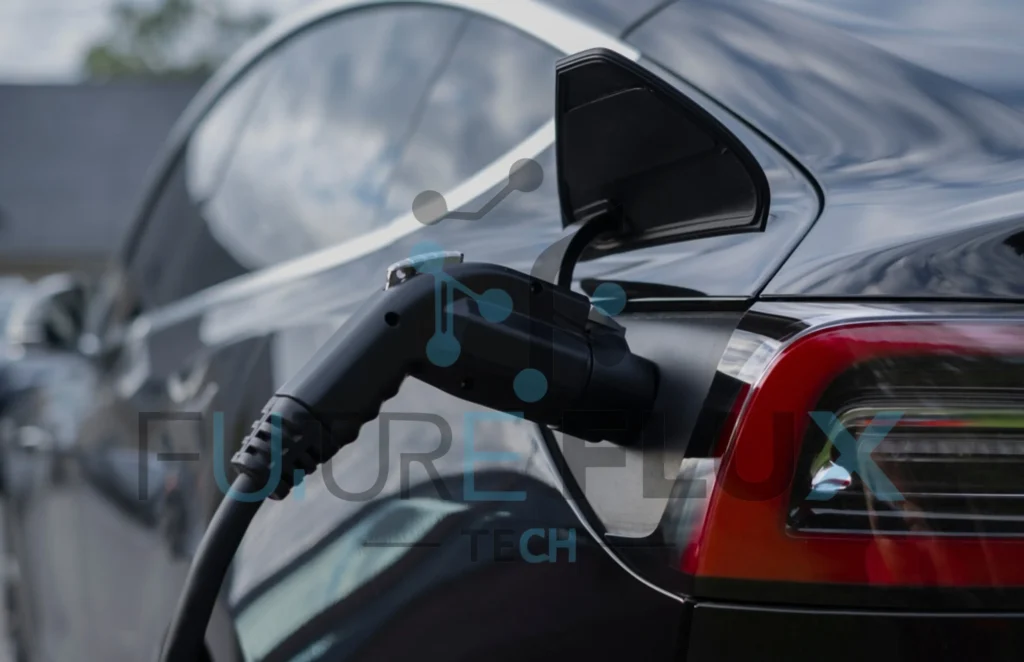
We discussed how different chargers affect the charging time of EVs. However, it doesn’t end here. Other factors affect Tesla’s charging time as well. These factors are crucial in determining how long does it take to charge a tesla and how they affect battery performance.
1- Battery size
Everything comes down to how massive the battery is. Usually, Tesla models have decent batteries that offer longer ranges, however, newer models have better batteries. These models provide longer ranges. The Tesla Model S/X/3/Y charge time depends on battery size and health. Tesla Model 3s have a 57.5 kWh battery compared to other long-range variants. However, if the battery has reached its limits and starts degrading then it also affects charging time.
2- Weather change
In the previous blog, I explained how weather affects battery life. Extreme hot climates can cause the battery to overheat which might result in a collision. However, in winter, EV batteries take a longer time to charge which may increase Tesla charging costs consequently. The weather has been shifting constantly affecting Tesla’s battery charging time. This might also reduce the reliability of public stations since they suffer most of the impact.
3- Charge percentage
Companies emphasize the importance of initial charging percentages. This is because batteries are already at their max. You should only charge them at a maximum of 80%. This will reduce battery-related problems and prolong battery life. Moreover, using DC chargers in such cases might reduce charging costs. This also decreases the Tesla charging time allowing you to travel without any gaps. Charger types also influence EV charging time.
4- Power output
This one is an ‘obvious’ factor that affects the charging time of Tesla. Chargers derive their energy from electricity sent through another terminal. Most stations offer a moderate power supply to prevent any battery damage. However, EVs are quite adaptable to differences. Their batteries are designed to withstand a higher kWh when they receive one. The Tesla supercharger time varies depending on the versions. V1 offers 100 kWh while V3 offers a whopping 250 kWh. This huge power range bestowed them with the name ‘supercharger’.
5- Charging rate
Isn’t the charge rate and charge percentage similar? The answer is a little complicated. I talked about how chargers derive energy from an external source. Using that example, let’s consider EV batteries as the chargers. This time they are receiving the power supply. Therefore, charging rates determine how much load your batteries can bear. The Electric vehicle charging speed relies on charging rates. Both the battery and the charger have a certain limit. The charging might stop once any of them reaches its limit. You cannot charge a 50 kW battery with an 80 kW charger.
How to Charge your Tesla?
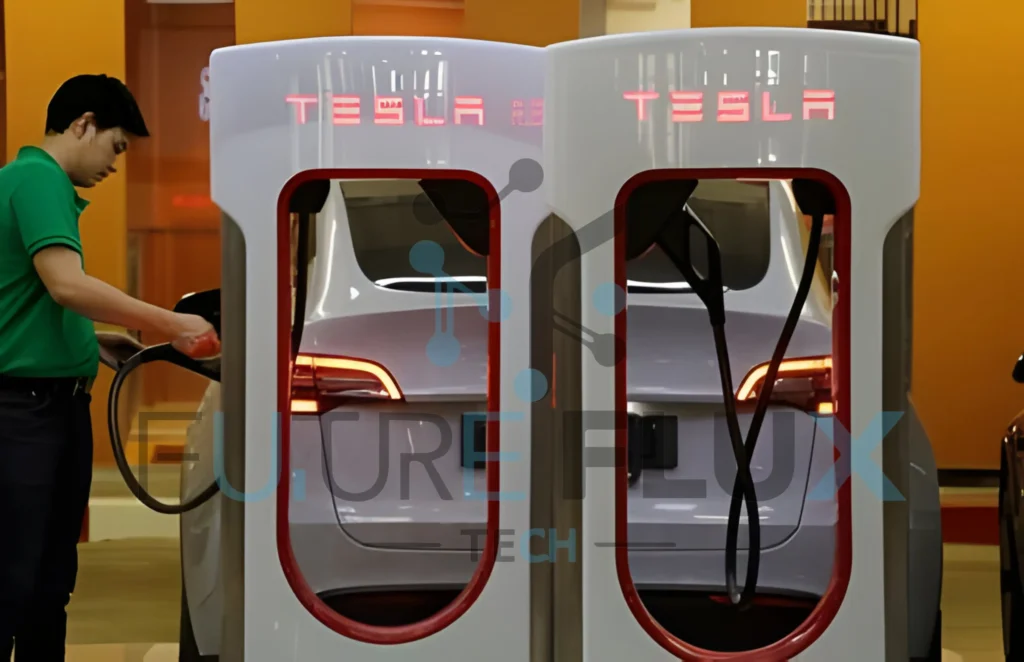
Still with me? Let’s discuss the most important part. Charging a Tesla is not a dynamic task. However, there are a few things that you must consider when charging your Tesla. Following the EV charging guide put out by Tesla itself might optimize your battery performance. First and foremost, locate the charging port. The port is situated on the left side of Model 3 behind a door connected to the rear tail light assembly. Second, park your EV at an adequate distance.
Furthermore, press and release the button on the Tesla charging port to open it. You can also open it using the Tesla app or voice commands. You can select Tesla charging time and rate of your choice before initiating a charge. Remember, safety comes first. It is important to understand that charging ports are sensitive to liquids. Throwing high-pressure water via pressure washers directly at the port might damage the port and cause serious injuries.
How Much does it Cost to Charge your Tesla?
You now know how to charge your Tesla, but wait, why does the cost keep rising? You check the receipts and compare them to your previous ones. There’s a notable difference between the two receipts. You previously owned a Tesla Model 3 which had a 62.3 kWh battery. The charging costs were lower due to smaller batteries. Hence, the Tesla charging costs are affected by variations in models. Here’s a comparison between different Tesla models and their charging times and costs.
| Models | Estimated Charging costs | Charging time via superchargers |
| Tesla Model 3 | $10.49 | 25-30 minutes |
| Tesla Model 3 Long Range | $14.39 | 25-30 minutes |
| Tesla Model Y | $13.16 | 25 minutes |
| Tesla Model S | $17.55 | 30 minutes |
| Tesla Model S Plaid | $17.55 | 30 minutes |
| Tesla Model X | $17.55 | 25-30 minutes |
| Tesla Model X Plaid | $15.29 | 25-30 minutes |
| Tesla Model Y AWD | $19-$38 | 25 minutes |
| Tesla Model Y Long Range AWD | $23-$46 | 25 minutes |
| Tesla Model Y Performance | $23-$46 | 25 minutes |
Conclusion
Tesla is leading the EV industry into a bright future. Their dynamic range of EVs with exceptional batteries is what makes them unique. The batteries are essential for EVs as they serve as their life force. However, You might be wondering how long does it take to charge a tesla and if there is any difference at all. Teslas come in different models with different charging costs thanks to larger battery sizes. However, other factors also affect battery costs. Moreover, factors like battery size and weather affect Tesla’s charging time. Comparing Tesla Model S/X/3/Y charge time, every vehicle indicated a difference in charging times and costs.
What are the new EV companies up to? Does Audi produce good EVs? Find out more by visiting our blog.
I’m Waqas, an electric vehicle enthusiast and tech writer with over 6 years of experience covering the EV industry. I write in-depth articles, comparisons, and reviews to help readers understand the fast-evolving world of electric mobility. From battery technology to EV launches and charging trends, I aim to make complex EV topics simple, engaging, and informative for everyday drivers and curious readers alike.

